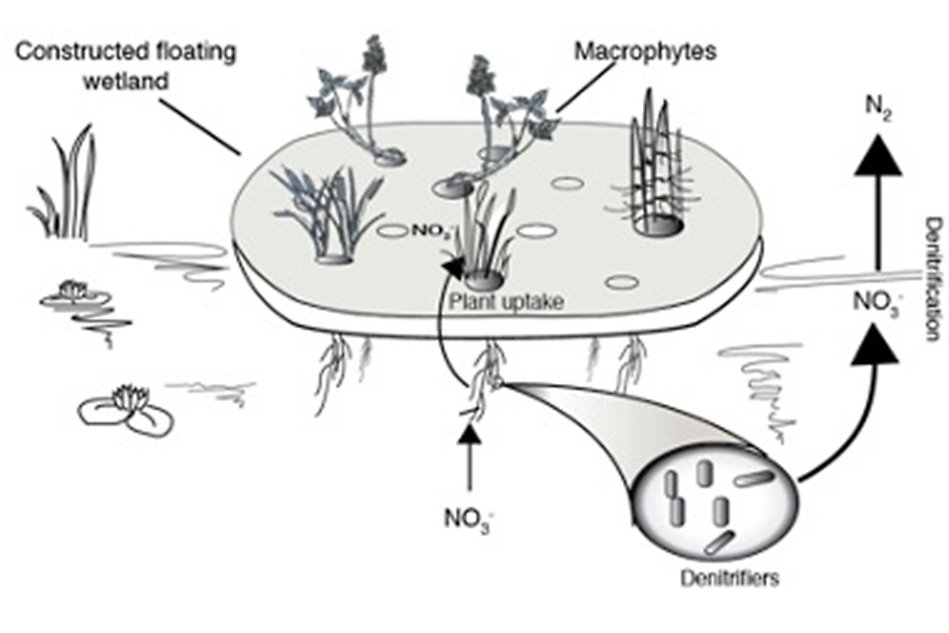Constructed mini wetlands for enhancing nutrient retention (ECO-wetlands)
Nutrient run-off from agricultural activities is a major contributor to freshwater and coastal eutrophication. Eutrophication and the resultant degradation of aquatic ecosystems has major negative effect on biodiversity and ecosystem functioning. In order to achieve sustainable agricultural practice and reduction of eutrophication, it is crucial to retain nutrients in agricultural landscapes.
Artificial and semi-natural constructed wetlands are now widely used for nutrient cycling and pollutants removal from surface water. The project ECO-wetlands propose development of eco-friendly constructed mini wetlands (CMWs) made of woodchips and jute bags. CMWs will be tested for enhancing N removal and conservation of local flora and fauna in agricultural wetlands. The outcome of this project is expected to contribute to wetland management in agricultural landscape for reduction of environmental impacts of Swedish agricultural practices on freshwater ecosystems.

Nitrogen removal in constructed mini wetlands (CMW)
Method
The pilot project EKO wetlands will:
- Examine how CMWs aid nitrogen removal in agricultural wetlands.
- Study the effects of CMWs in relation to plant biodiversity and nitrogen removal capacity.
- Estimation of an optimal degree of cover with CMWs for maximum nitrogen removal.

An experimental wetland with constructed mini wetlands placed on 20% of the surface area
Participating researchers
Halmstad University
- Antonia Liess, Professor
- Josefin Nilsson, PhD student
- Per Magnus Ehde, Research Engineer
- Stefan Weisner, Senior Professor
Linneaus University
- Dr. Maidul Choudhury
- Dr. Samuel Hylander
Funding
Vattenmyndigheten i Västerhavets via funding from Havs- och vattenmyndigheten (HaVs decision 2020-03-19, diarienummer 01170-2020).


